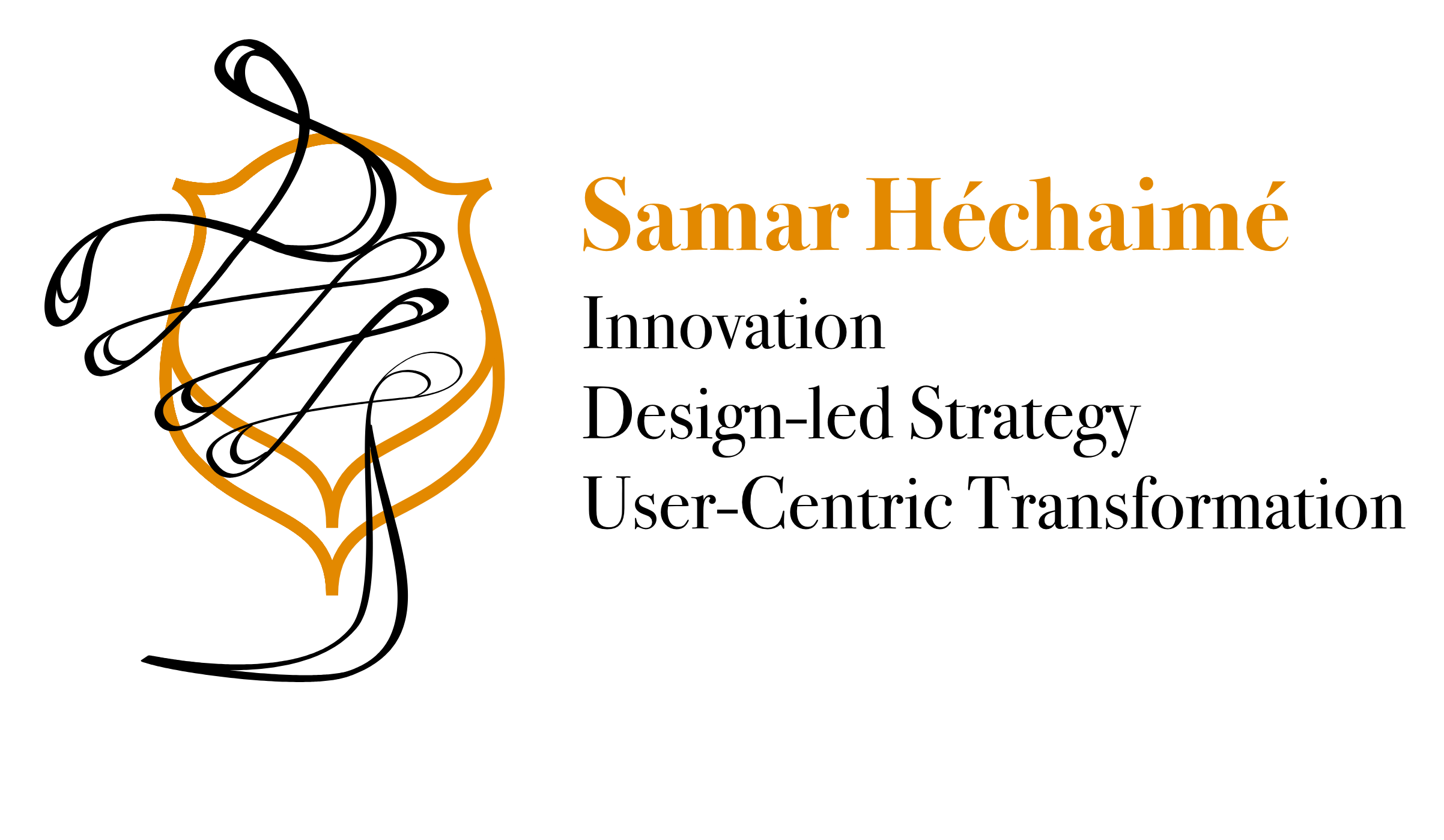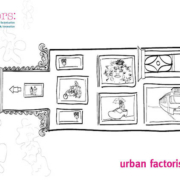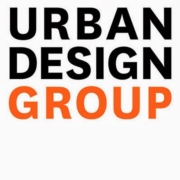the wheels on the bus go round and round
Let me start by saying I love public transport. Every form of it, well I do have a preference for those that are above the ground but under the ground is just fine when you need to get somewhere faster and in a more efficient manner. But everything falls into the realm of my love affair with sustainable public transport, bus, tube, train, plane, bike and occasionally taxis. Nevertheless my love is being tested lately and I even have been thinking I should cheat on my beloved and consider a more efficient yet individual mode of transport after spending a minimum 1 hr to move within zone 1 of London. it even took me 1.5 hrs today to go from W8 to N1!!! I could get to Paris technically with a bit more time! Quite absurd I would say. Don’t even consider flying as last week it took me 2.5hrs just to get through customs at Heathrow airport and the week before it took me 6 hrs waiting at Heathrow to get to Milan!… Goodness what is going to happen in July?
With all that I still believe whole heartedly in the communal modes of transport and have made many of my lifestyle choices around it and the flexibility it offers in terms of independent and sustainable mobility in a city. I do believe that it needs to constantly be enhanced and become more integrated and multimodal as well. I believe our roads, our city policies, and our way of life should become as car aversive as possible in order for us to build stronger communities and more greener ways of life for our children by regaining the interstitial spaces and the connective tissue of the city away from the car.
This week I attended one of the Street Talks that is organised by the Movement for liveable London in a conversation about what does the mode of transportation we take say about us. The conversation went around the gendrification of modes of transport, how biking is a majority of white men in London, how their attitude on the road is very much that of road warriors, how biking is also identified with a class that has already asserted its identity. Women and ethnic groups inhabiting London rarely find themselves on the bike for multiple and diverse reasons given. Yet moving away from that trend it was mentioned by one member of the audience that the Boris bikes, thanks to their sturdy and high design have allowed to a more relaxed, slow and elegant biking methodology that is more commuter than road warrior. You could hop on these bikes in a skirt and high heels and tackle the traffic easily from one point to another, well as long as you are in Central London. They also allow for a multimodal flexibility that allows you to bike in one direction and opt for a bus, or tube in a different direction in case weather changes or your mood and state of mind changes.
Yet these questions, and a raising debate comparing Amsterdam to London, has taken me back to my years living in Amsterdam where I immediately adopted the biking lifestyle even though I had not biked since I was a teenager, as biking was considered a child’s mode of transport at the time. It was our way to conquer the town on our choppers that had 4 gears and were wonderful to take us up and down the hills in my town. So here I was, just moved to Amsterdam in my mid-twenties and I did what you do when you get to a new place, adopt its way of life and integrate to what makes that place what it is. In Amsterdam biking was definitely one of those qualities. So much so that by the time I was moving out of Amsterdam more than 5 years later I owned 3 bikes! 3 bikes? Why would be the question you ask, and of course my answer is for my visitors to be able to bike along with me around the lovely city. At the time bike sharing schemes were not available and you would need to rent a bike for the duration of your visit, so it was cheaper to just buy an extra bike and keep it in my storage unit, and then another! Who in London would dream of being able to store 3 bikes. Storing one bike is hard enough sometimes which makes the bike sharing scheme even more valuable to the public. Yet biking in Amsterdam was not a singular way of travelling around the city. If your route was too long, or if you just didn’t feel like it you could take your bike on the metro and then bike around the centre keeping biking more leisurely. At the time the Nederlands Spoorwegen also introduced your bike can travel for free if it was a foldable bike. If you had an unfoldable bike you would have to pay for it to travel on the train. Daily commuters would bike with one bike to the train station in their town and then have another bike at the other train station they normally arrive at in Amsterdam biking from there to their office. The foldable bike travel just brought in another more integrated way of commuting that travellers adopted very readily.
In Amsterdam it is so easy use biking as a mode of transportation because of the attitude on the road which goes to bikes first. A road that is more a bike road rather than a car road is automatically a pedestrian road. The car is forced to move at no more than 20 km/hr and everyone is aware of everyone else. The bikes are mostly more upright bikes making them commuter bikes rather than sports bikes. Children have biking integrated into their lives from a very early age whether on the plastic seats, on the tag along buggies or for a bit older children either sitting on the baggage rack, the bar handles or even standing on bars coming out of the back wheel behind their parents. They have such a sense of balance and a sense of awareness of their environment that it not only makes them intrinsically bikers but it makes them more environmentally friendly as well since they are not isolated from the environment by a car carcass but completely immersed in it and its elements. These children would bike to school, to university, and then to work later on and would not consider using other modes of transport except if the distances are too long. Biking in Amsterdam and in Holland in general is not an isolated activity. Since the family would travel together each on their bikes they travel in pack and they are aware of the rest of the bikers on the road, they interact with them and cohabitant with them. In London biking is more of an insular and isolating activity. On your bike you don’t connect with any other and you surely do not communicate. Once you have put your helmet, your lycra and your high vis you put on your blinders and get moving. This feeling of safety on the road makes bike ridership equal in all demographic, in all enthnicities and in all genders in Holland as it is the Dutch way of life you adopt from a very young age if you are born there or as soon as you arrive there. It is part of the inburgering, it is a way of becoming part of the Dutch society. I loved my oma bike so much it has been travelling and settling with me every city I have gone to. Unfortunately she has not been feeling at home in all these places and has been shying away, as have I, from gaining the road and taking on biking as a method of transportation in the same way I used to in Amsterdam, even though in my borough of Kensington my council has attempted to make her feel at home and keeping her warm by offering her a seat cover!
In the same way that visitors to Holland immediately take on the bikes as they want to experience the place the same way the locals do, the visitors in London have been quick to hop on the Boris bikes as it is to them the way the locals do, as well as it being such an accessible mode of transport in Central London. To those who have experienced the Velib in Paris and other bike sharing schemes around Europe, once they come to London the Boris bike is just the same.
During the Street Talks conversation one of the points raised was that the free buses for Seniors and under 18s has universalised access to bus transport and made it democratically accessible to those demographics. Since all carry the free bus pass there is no segregation of class associated to using the bus. It just becomes universal. It destigmatises bus usage and removes it from perceptions as being the cheap and dirty mode of transportation, but rather the democratic and the defacto mode of transportation. The argument was that once the under 18 group grows into adults they will continue using the bus and keep steering away from a more individualised mode of transport, such as cars, since this is a mode they have already adopted from a younger age. Much like the Dutch kids and their bikes. Yet another counter argument to that is that these kids are used to adopting a bus over a more active mode of transport such as bikes which makes them lazier and less physically active. The debate went around to argue, rightfully so, that the bus allows the pack to move together, that it was a more communal and universal way of travelling. That the bike is considered the poor way of travelling and that kids would want to travel together. Yet as I mentioned earlier, in Holland Dutch kids learn early on how to move in packs on bikes and to them it is just as much a communal mode of transport as the bus or the tram is.
If this is what the free bus pass has done to democratise the bus usage for the two user groups that are the most vulnerable in the city, the under 18 and the seniors, democratising movement and making the city more accessible to them what happens if we open up the city more to them? What happens if we make the bike sharing scheme free for those two user groups. It might actually get the streets to become as democratised as the buses and open up a more active way of moving around, well at least in central london. Or it might get the youth to use the bus to get to central london then shift to the bike as a more internal mode of transportation. This will surely get the youth to regain ownership of the city and it would create a stronger sense of connection that would make them protect it rather than destroy it.
On the other hand I believe there needs to be a more interconnection between the different modes of transportation especially in London, as we need different types of transportation for different things but we would like to have the ease of one mode of payment. In Shanghai you can use your transportation car to pay for bus, metro, taxi or ferry. It was mostly very handy as you could shift easily from metro to taxi. Buses there were not very comprehensible if you could not read mandarin so you would rarely find any of us expats on the buses. But metro was a wonderful, clean and organised way of getting around the city. What was interesting in the design of the Shanghai metro is that most of the stations were also interconnected with other facets of your life. Many of the metro stops were under shopping centres which integrated grocery shopping, food courts, department stores, clothing shopping etc. This really brought together the things you needed during your daily life. As you come back from the office, at your stop you would be able get your groceries, or do some shopping as you are heading home. There was talk of that during the design of the new West entrance of Kings Cross which I visited today only to find almost the same chain stores that are in St Pancras, M&S, Boots, Paperchase, Pret A Manger… and a few other food outlets and clothes outlets. The design is nice and airy, but i would not call the station a place for the community to get together, nor would I call it a place for your lifestyle needs. The seating areas on the ground floor are so few and tucked on the side next to the escalators, which in terms of flow I do understand the need to keeping flow open but they could have created a more town square feeling along the sides. The restaurants are mainly on the mezzanine where it turns out the seating area is actually a public seating area, but that is not apparent if you are downstairs and you are not going to go up if you don’t plan on buying food, which means the mezzanine is more used by the restaurant patrons rather than by the general public. The same comments apply to the future design of the front entrance of Kings Cross. The plan there is to strip down the 1970s expansion, taking it back to the original brick facade, which is beautiful, but leaving us with a large plaza that barely has any shading, sheltering from the elements, natural shading by trees, or seating areas, eliminating what could be a wonderful town square and instead reinforcing the transience of the Kings Cross area. If you want to develop the whole neighbourhood and make it more community based, you need to give the community a more open space to commune, not obliterate it and encourage them to just keep moving on!
I do believe that we need to start looking at the design of our transportation hubs in a way that fits more the way we life and want to live. Humans are adaptable, will adapt to a place and make the best of what it offer, but that does not mean it functions properly for their needs. The transportation hubs that we have today isolate us from the city and isolate the city from our modes of transportation as if they were two separate things. The modes of transport that are on the ground level are the ones that are the most integrated with our city like the trams and the buses, yet they are the ones that we avoid as they also get stuck in traffic and take ages to get us to where we want to go. What if we start designing our stations and our transportation hubs that integrates our lives more, that integrates our cities more, that spills more into our cities and allow our cities to spill more into it, whether it is underground, overground, trains or planes? Can you imagine how different the feel of the place would become? What if we began re-centring our lives, living and working in close proximities? We would stop creating zones that have no street life and that are empty after 6pm or in the weekend like the City in London or the Loop in Chicago. We would stop spending so much time commuting and we would be so much less frustrated and stressed during the day. We would start reconnecting with the places we live and we re-become part of communities. Our children would regain the streets and would connect with the communities they live in. They would understand how their communities function on all levels, cultural, economic and societal. We would recommune around the new town square which could just as well be the extension of our local multimodal transportation hub.


























I am not biking more beausce of gas prices; however I not driving as much beausce of them. I just don’t own a bike so I tend to walk a lot more and catch public transport. However, 75% of the reason I am not driving as much is actually beausce I am trying to be good to the environment. So I am being good to my wallet and the planet. Good job all round I think. Plus I am getting in even better shape beausce I am walking more.John recently posted..